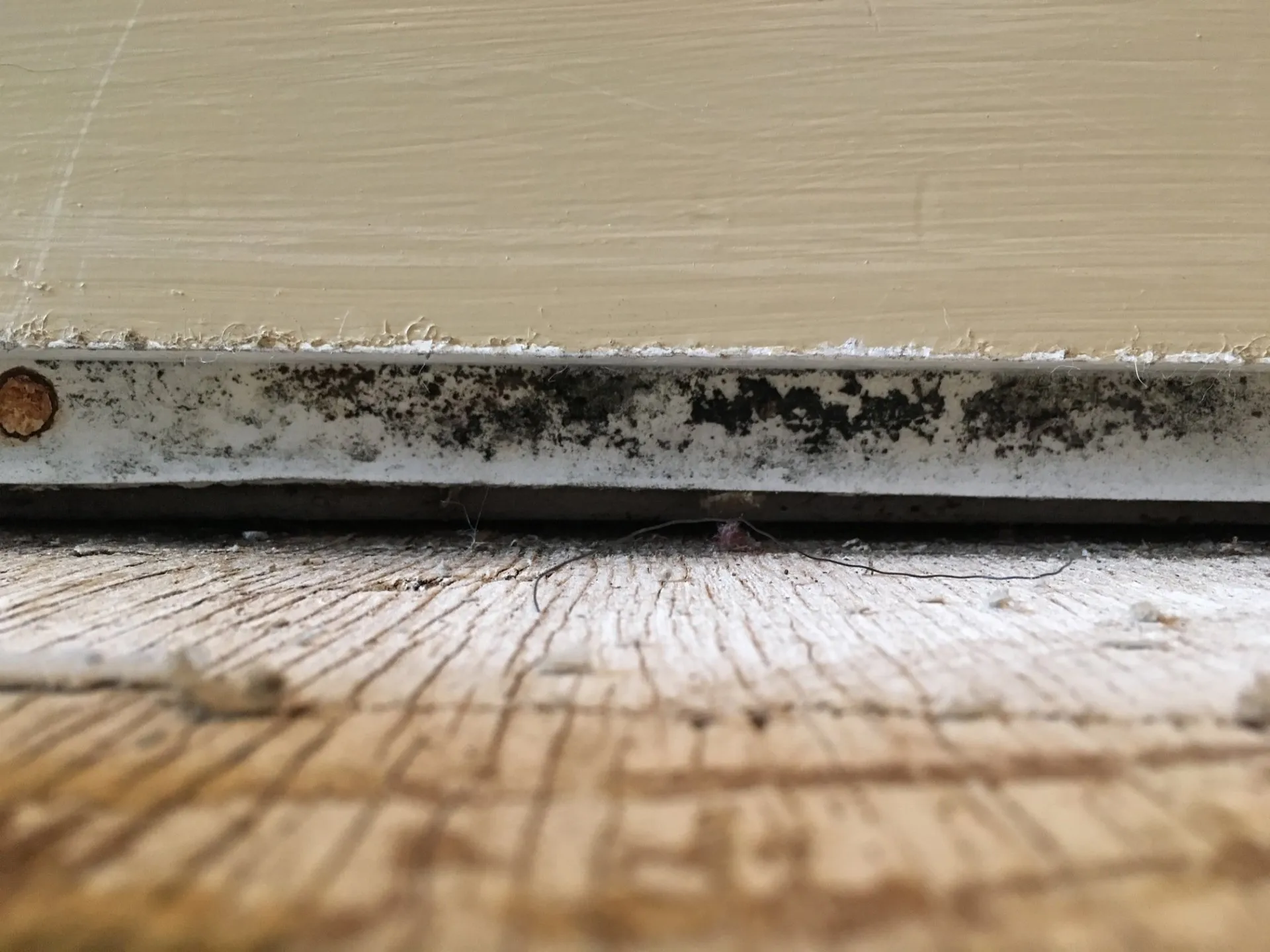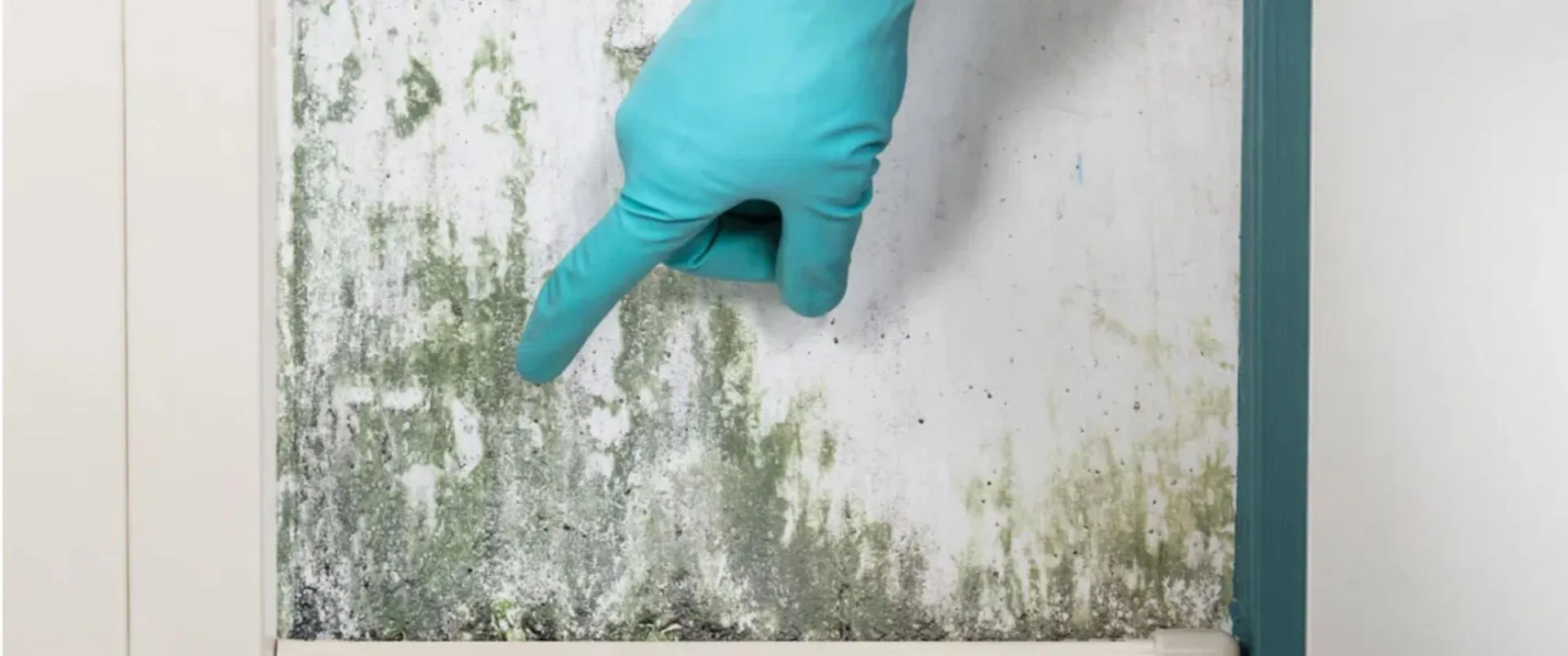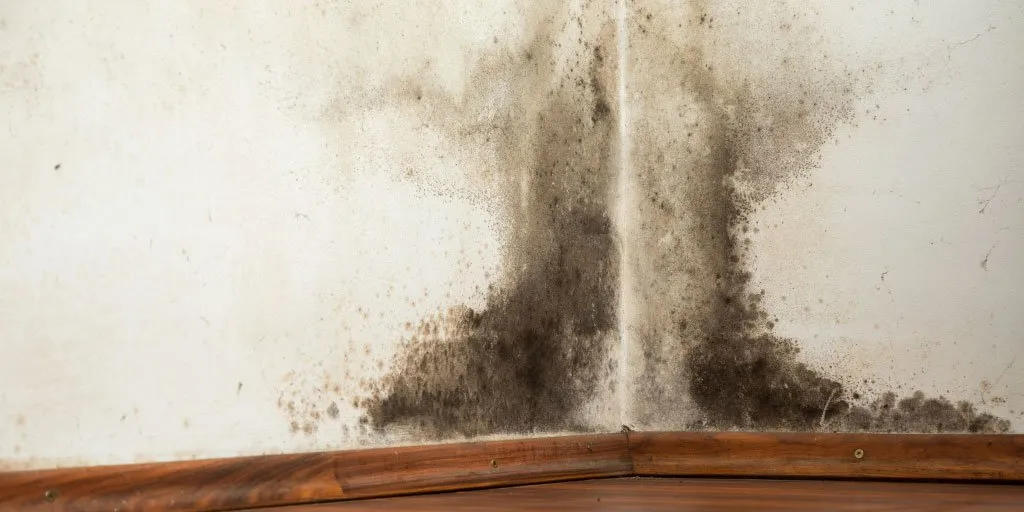
Even a little bit of moisture buildup can lead to mold growth and costly repair work. Here are some common home maintenance mistakes you should avoid if you want to maintain a healthy indoor air quality and a mold-free environment.
Understanding Indoor Mold Growth: What Causes Mold & How to Prevent Mold
Mold spores can travel, spread and contaminate virtually any surface if given the right conditions. With a sufficient source of water, mold can begin to germinate and spread to contaminate on surfaces throughout the building structure, and often without notice. Like mold, moisture buildup is subtle but incredibly problematic when it becomes apparent. We often neglect minor dampness or underestimate its capability of creating serious issues down the line so we should be mindful about our environment at all times in order avoid these mistakes.
It is important for Kansas homeowners to be aware of any signs of moisture that could contribute to mold growth. Moisture issues need to be addressed right away because it only take 24-48 hours for mold to develop in a damp environment. We often make the mistake of not taking into consideration how our daily activities bring in a lot more water than we realize, which can have major consequences if left unchecked. Despite better intentions, homeowners do many things unknowingly that cause excess moisture buildup like neglecting to run the air conditioning when no one is home during the summer, or forgetting to run the bathroom exhaust fans when showering.
Most Common Home Maintenance Mistakes That Cause Moisture Problems and Mold Growth
- Delaying Plumbing Repairs or Neglecting Minor Leaks – When a leak is discovered, it needs to be fixed as soon as possible. Even little leaks can leave your home at risk for mold contamination if not properly repaired and dried in a timely manner. Unfortunately, not all leaks are visibly apparent and easy to identify, so early detection and repair is not always entirely possible. Whether because we are unable to find hidden or we become too preoccupied with other priorities as time goes on – some hidden leaks can leave homeowners with serious damage and mold growth. If a leak has left you with a mold problem, you should contact a local mold inspection company to assess the situation to determine the full extent of the contamination and prescribe a proper remediation plan.
- Lack of Humidity Control & Insufficient Ventilation – The impact of high humidity indoors is often underestimated or overlooked. Humidity and condensation can seem deceptively harmless. After all, how much damage can a little bit of water vapor really do? Answer: A LOT. Areas in your home like kitchens and bathrooms that are prone to high levels of humidity should have proper ventilation. Ventilation can be created by running the exhaust fan or opening a window when cooking, showering, cleaning—any activities where there is an increase in moisture level in the air. This reduces excess moisture build up which could lead to mold growth over time if not properly managed with effective humidity control techniques.
- Failing to Run AC during the Summer & Failing to Run Heating during the Winter – Homeowners after get into the bad habit of shutting the AC or Heating when leaving the home for a period of time. Whether it is an effort to reduce energy bills or to be more environmentally conscious – it can cause problems over time. If you’re going to be away for an extended amount of time, it’s important that your house remain conditioned so mold doesn’t grow. If you notice the weather is starting to get warmer or cooler then set up a temperature range in which both seasons are covered (80-85 degrees if warm and 55-60 degrees during cold). This will cut back on energy costs while allowing for a conditioned space year-round. Unheated spaces during the winter months can lead to frozen pipe bursts, condensation from the cold air in your wall voids, and a number of other problems. Unconditioned spaces during the summer months can trap warm, humid air, restrict air circulation and countless other issues.
- Using Bleach to “Kill” Mold – Bleach does not kill mold and is an ineffective treatment against fungal growth. The active ingredient in bleach is a stain remover, which means it is effective for removing the visible staining of mold. Depending on the building materials that have been contaminated, the active mold roots have likely rooted into the porous fibers. Bleach cannot penetrate the surface to remove the embedded root system. Mold roots left behind can continue to develop and spread. Significant mold growth needs to be actively removed by a mold remediation professional in Kansas.
- Failing to Address Window Condensation – Are you noticing moisture forming on your windows? If so, it is likely the result of elevated humidity levels inside your home. It may not seem like a big deal but it is a sign of a bigger humidity issue inside the home. If you notice window condensation, you likely need to take measures to reduce the relative humidity of your home. Indoor relative humidity should stay below 50% at all times.
- Not Drying Damp Areas Right Away – If you fail to wipe up any spills or dry your walls and shower door after a shower, mold development is inevitable. If it is damp, wipe it up and make sure the area is dry. If you ignore wet areas and allow the moisture to soak into your porous building materials, you are putting your home at risk for mold development.
- Neglecting to Conduct Routine Maintenance Checks – Regular checks allow you the opportunity to spot problems early so you can fix them right away. Routine maintenance tasks like cleaning the gutters, assessing your foundation, changing your HVAC filters, assessing for leaks and inspecting your roof are so important to keeping your home mold-free. It’s easy to put off these tasks for tomorrow, next week, next month or even next season. Set up a schedule for yourself and stick to it. Schedule maintenance checks at least twice a year, once in the spring and once in the fall.
While mold prevention and moisture control can be fairly simple and inexpensive if you know what to look for, unexpected problems like water damage are inevitable that might even require professional water damage restoration in severe cases. If you uncover a potential problem in your Kansas property, contact a certified mold inspector with the right training and experience to properly assess the full extent of the issue and prescribe an effective scope of work for a safe mold cleanup process.




